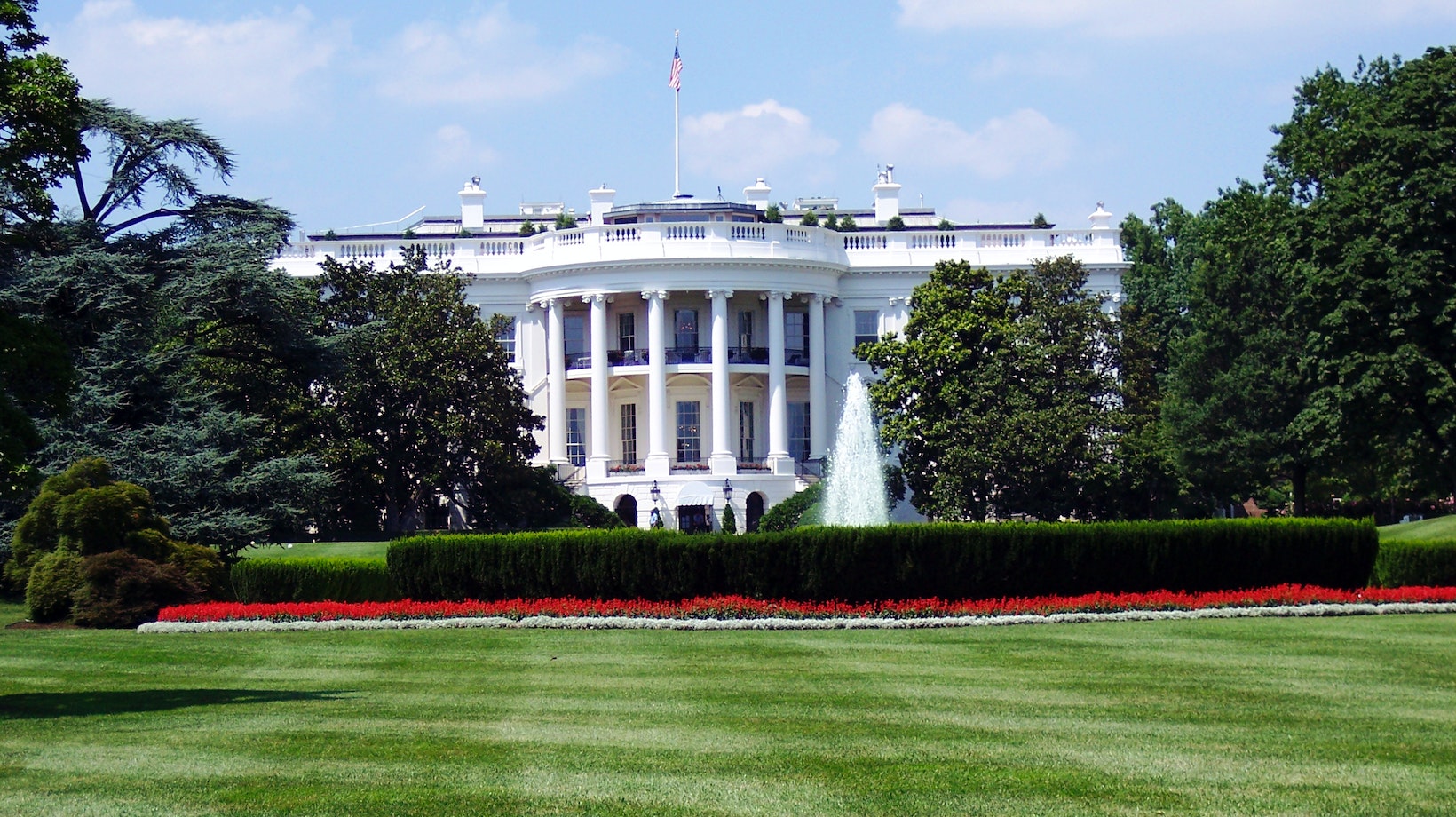Do Lobbyists Exert Influence Among all Three Branches of Government? Why or Why not?
Lobbyists and their influence in the United States government have long been a topic of debate and scrutiny. With their ability to advocate for specific interests and shape policy decisions, it’s essential to understand the extent of their reach. In this article, we will explore the question of whether lobbyists exert influence among all three branches of government: the executive, legislative, and judicial. By examining the ways in which lobbyists interact with each branch, we can gain insight into the potential impact they have on shaping our nation’s laws and regulations.
The executive branch, headed by the President, holds significant power in shaping and implementing policies. Lobbyists play a crucial role in this process by seeking to influence decision-making at the highest level. From meeting with administration officials to providing expertise and resources, lobbyists use various strategies to advocate for the interests of their clients. Understanding how lobbyists navigate the executive branch is key to comprehending their overall influence in the government.
In addition to the executive branch, lobbyists also target the legislative branch, which consists of the Senate and the House of Representatives. With the power to introduce, debate, and pass legislation, lawmakers are prime targets for lobbying efforts. By building relationships, providing campaign contributions, and offering valuable information, lobbyists aim to sway legislators in favor of their clients’ interests. Examining the dynamics between lobbyists and the legislative branch sheds light on the extent of their influence in shaping laws and regulations.
Understanding Lobbyists
What are Lobbyists?
Lobbyists are individuals or groups who are hired to influence government officials and policy decisions on behalf of their clients. They act as intermediaries between private interests and the government, advocating for specific policies or legislation that align with the goals and objectives of the individuals or organizations they represent. Lobbyists can represent a wide range of interests, including corporations, trade associations, non-profit organizations, and even foreign governments.

Lobbying Strategies
Lobbyists employ various strategies to exert influence and shape public policy. These strategies can include:
- Building Relationships: Lobbyists cultivate relationships with key decision-makers, such as legislators, staffers, and government officials. By fostering personal connections and trust, lobbyists can gain access to influential individuals and increase their chances of successfully advocating for their clients’ interests.
- Providing Information: Lobbyists often possess specialized knowledge and expertise in their respective fields. They provide policymakers with valuable information, research, and data to support their arguments and influence decision-making processes.
- Campaign Contributions: Lobbyists may also contribute to political campaigns as a means of gaining favor and influencing lawmakers. While campaign contributions are legal and regulated, they can raise concerns about the undue influence of money in politics.
Influence on Public Opinion
In addition to targeting government officials, lobbyists also seek to shape public opinion on issues related to their clients’ interests. They engage in public relations campaigns, media outreach, and grassroots organizing to build support and generate public pressure in favor of their positions. By influencing public opinion, lobbyists can indirectly sway lawmakers and increase the likelihood of their clients’ desired policies being implemented.
Lobbyists have a significant impact on the functioning of the government and the development of policies and regulations. Understanding how lobbyists operate and navigate the three branches of government is crucial for comprehending their overall influence on shaping the nation’s laws and regulations.
Lobbyists and the Legislative Branch
Lobbyists play a significant role in exerting influence across all three branches of the United States government. Within the legislative branch, lobbyists employ various strategies to shape public policy and sway lawmakers in favor of their clients’ interests. Building relationships, providing valuable information, and making campaign contributions are some of the tactics used by lobbyists to exert their influence. By leveraging these methods, lobbyists can effectively navigate the legislative process and impact the development of laws and regulations. Additionally, lobbyists seek to shape public opinion through public relations campaigns and grassroots organizing, further enhancing their ability to influence the legislative branch. Overall, understanding the extent of lobbyists’ influence in the legislative branch is crucial in comprehending their overall impact on the nation’s governance and policymaking. By employing their expertise and resources, lobbyists wield a significant influence on the functioning of the government and the development of policies and regulations.

